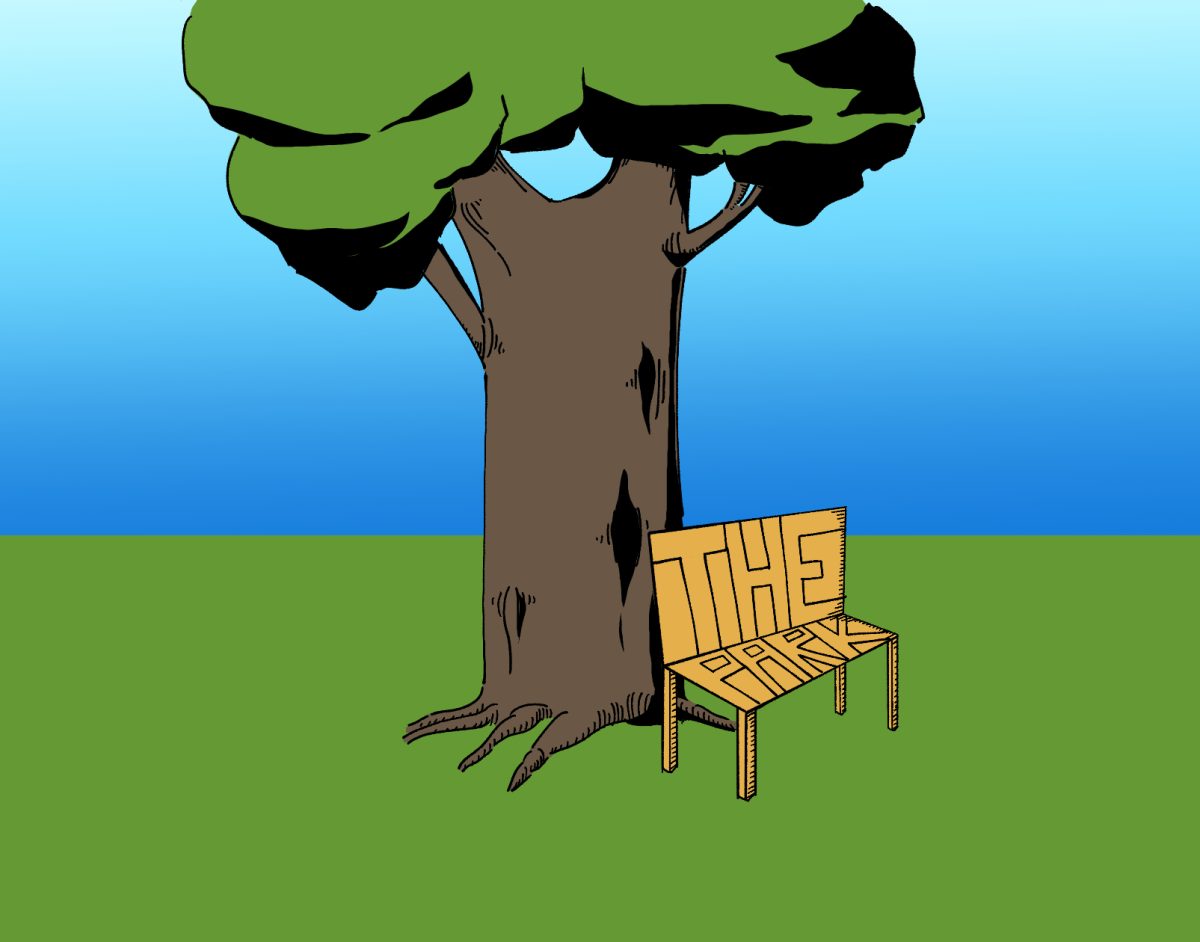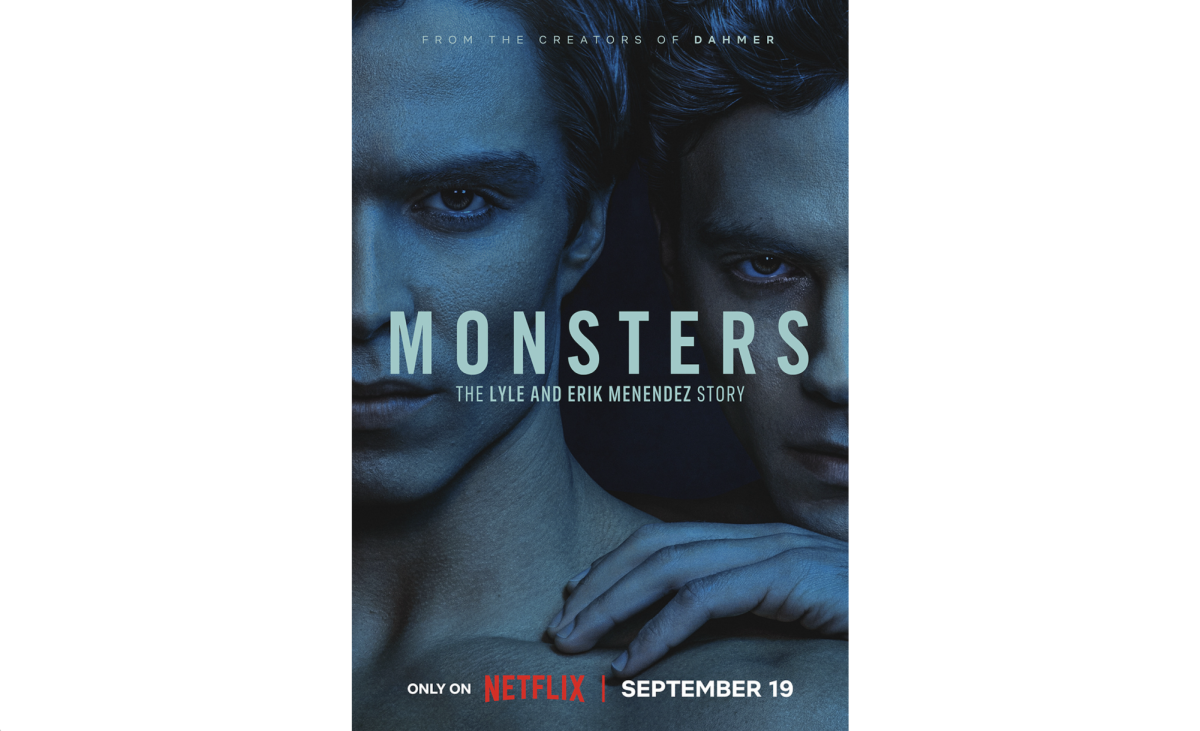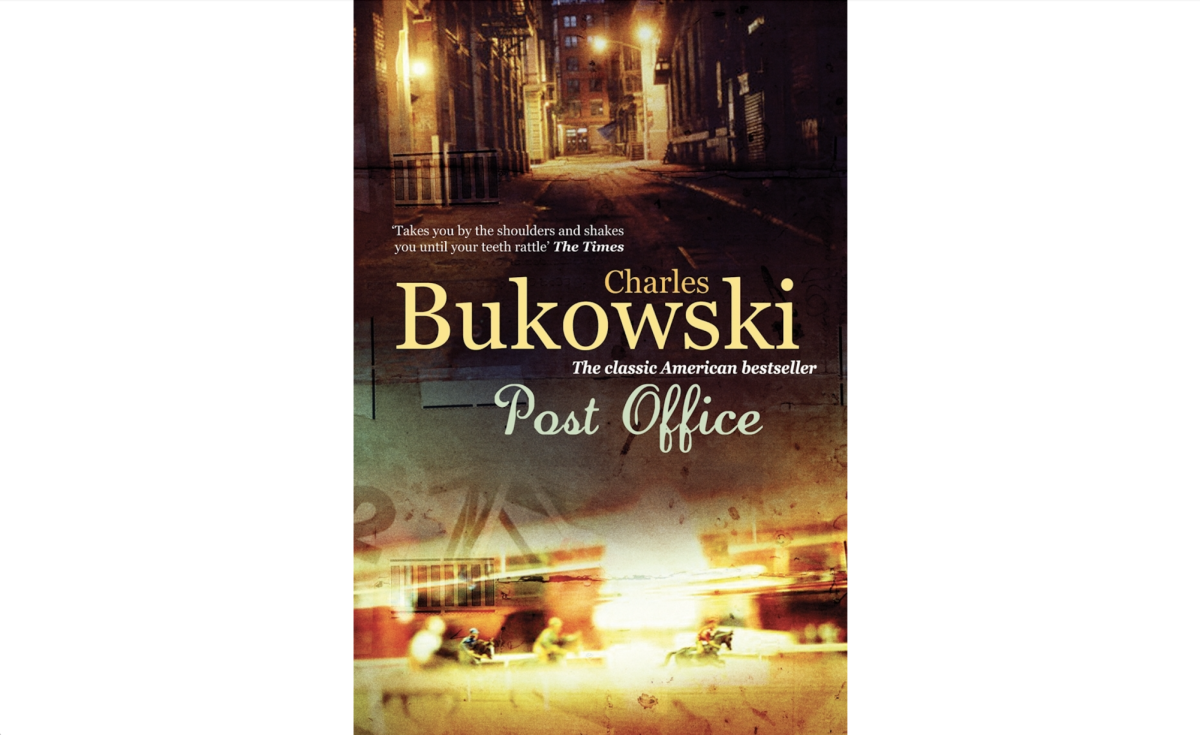“Avengers: Infinity War” hits theaters this Friday and represents the culmination of the last seventeen films in the Marvel Cinematic Universe. Fans of the franchise have grown to love Iron Man, Captain America and the other Avengers, and the films have pleased general audiences while still respecting the source material to ensure that hardcore superhero fanboys are appeased. But what is it about Marvel that connects so deeply with its audiences?
To answer that question, and to commemorate the last decade of Marvel’s mainstream dominance, the Museum of Pop Culture (MoPop) has unveiled “Marvel: Universe of Superheroes,” an exhibit highlighting the history of the popular comic book characters and celebrating the unique components that define the Marvel Comics storytelling formula.
Upon entering the exhibit, visitors are welcomed by a short video presentation that details Marvel’s rich history. What becomes apparent from watching the company’s meteoric rise from a cramped Manhattan office space into an entertainment giant is what exactly let them spark a cultural phenomenon: relatable characters.
What creators like Stan Lee and Steve Ditko understood was that the best way to connect readers with fantastical characters was to have them experience relatable problems. Spiderman, the first teenage superhero, had to balance crime-fighting with his schoolwork, serving as an allegory for the struggles of adolescence. Iron Man, a genius billionaire with unlimited intelligence and wealth, was crippled by addiction and a struggle with alcoholism.
Similarly, writers burrowed from reality to create palpable threats for their heroes and comment on the political atmosphere. Captain America was created to contextualize the real world dangers presented by WWII, whilst Black Panther dealt with issues of race and discrimination.
Tonya Wayne, a mother who has taken her two sons to most of the Avengers films, appreciates Marvel’s inclusive attitude.
“My son looks at Black Panther and sees someone just like him that can change the world for the better. What is more important to a child than inspiration?”
The exhibit’s opening video states it best: “Marvel puts the human in the superhuman.”
No matter what walk of life one comes from, there is something for everyone to relate to under the Marvel umbrella, and this a belief that museum employee Robin Leshure holds dear.
“[The exhibit] brings back memories from when you were a kid,” Leshure said. “Whether you’re young or old there is something you are bound to connect with or get excited by because these characters transcend the pages they’re drawn on.”
While the first quarter of the exhibit highlights the innovators of Marvel Comics and the backlash they received for publishing controversial subject matter, the larger-than-life characters themselves fittingly serve as the main facets of the exhibit hall. The various avengers that have starred in the films are offered the spotlight, giving background on their comic book origins and the social and historical perspectives that shaped their conception.
The Iron Man section is a particular highlight, quite literally in the sense that a brightly lit case holding three of the armored avengers’ iconic combat suits illuminates the room. Directly beside it is a virtual reality Iron Man game which allows players to pilot one of these suits as they move around a motion sensitive platform.
Perhaps the most tantalizing aspect of the exhibit are the various Marvel Studios movie props and maquettes on display. The Black Panther section, for example, contains the hero’s suit worn by Chadwick Boseman and elaborates on the afro futuristic influences that the costume designer incorporated into his final vision. Being able to deconstruct the design and conceptual processes from paper to silver screen to right in front of one’s own eyes is a marvel unto itself, no pun intended.
“To turn the corner and see Thor’s hammer and then turn another corner and see Captain America’s shield is incredible,” said 26-year-old Chris Galvez, who has been a Marvel comics fan since his early childhood. “I’ve grown up with these characters. To first see them up on the big screen and now to see all this in person fulfills everything my younger self always wanted to see.”
The Marvel Exhibit at MoPop offers a guided exploration of how some of the most influential fictional characters are continuing to touch and change the lives of fans every day.
Jordan may be reached at
[email protected]









![“The Substance”: Shocking, Vomit-Inducing and Brilliant [REVIEW & SPOILERS]](https://seattlespectator.com/wp-content/uploads/2024/10/TSR-COLOR-ZAM-1200x900.jpg)